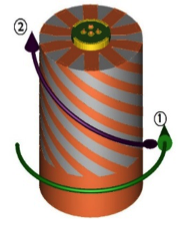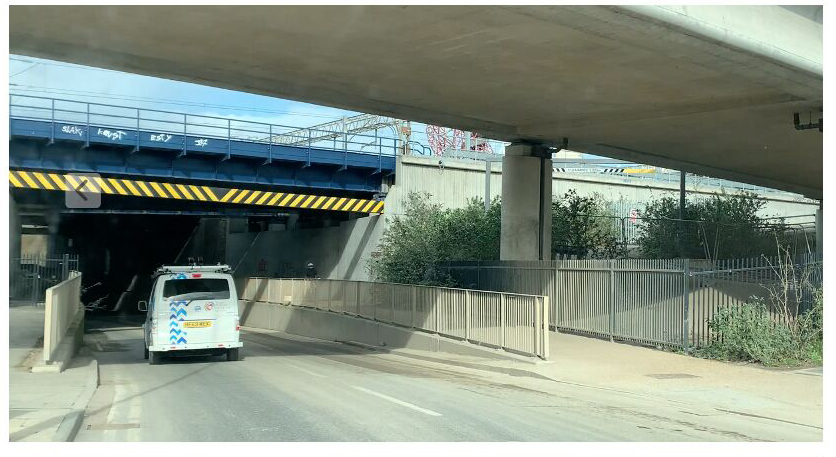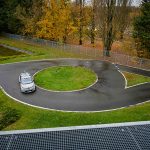Helix Technologies announced that it has completed intensive real-world driving trials in densely urban London, UK, demonstrating mitigation of multi path and enabling satellite satellite position fixes even in underpasses and areas where overhead sky was obscured.
The company states that its dielectric-loaded multi-filar antennas (DMAs) are resilient in GNSS-challenged environments. Designed to enable centimeter accuracy PNT from = GNSS satellite constellations, they reject multi-path signals, are immune to RF and electrical interference, common-mode noise and near-field effects, and provide protection against malicious jamming and spoofing, according to Helix. This suits them for autonomous vehicle and drone situational awareness, as well as a wide range of defense, industrial and consumer applications.
The road test formed part of the Zenzic CAM Scale-Up test program. In collaboration with Smart Mobility Living Lab: London, Helix installed its advanced DMAs on their instrumented test vehicle and undertook two weeks of driving tests on challenging routes in London. The routes included urban cannons and dynamic reflected paths caused by buses, vans, etc, underpasses, tunnels and interference-rich situations. Even GNSS signal jamming was observed at certain places.
The DMAs demonstrated superior performance to incumbent patch antennas, mitigating the multi-path effects, according to the company.

The DMA helix antenna employs a unique construction process and is built around a dielectric core in such a way that the electromagnetic fields are intensified within the dielectric core and very much reduced in the surrounding space. This mechanism reduces the density of electromagnetic fields near the antenna (the so-called near-fields) whilst maintaining the ability of the antenna to radiate to the far-field.
In 2018 Helix Technologies won an ESA contract to develop multi-frequency GNSS antenna optimized for Galileo.






